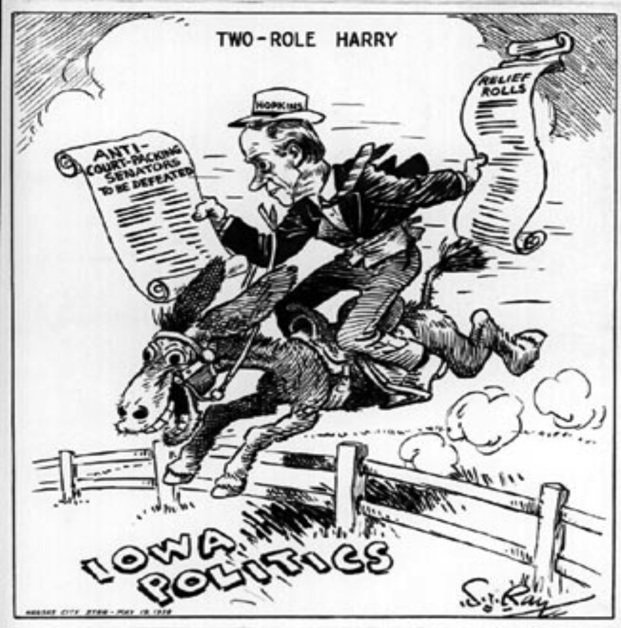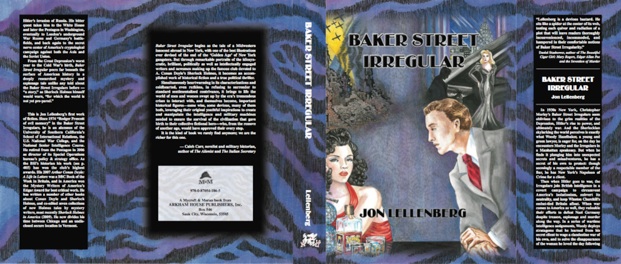
This may or may not matter in your workflow, and I’m certain with more time and perhaps a tweak or two to my own workflow, things will get faster in this area. Even if I didn’t have this website, I do still like being able to see which images came from a certain lens without having to create a bunch of Smart Albums that clutter up my Library/Collection View. Capture One’s commercial photography origins likely didn’t call for the kind of filtering that’s available in Lightroom, but I love, neigh need to be able to quickly view photos taken with a particular lens, at a specific focal length, and certain apertures, etc. Filtering photos quickly is vastly superior in Lightroom. Lightroom’s Library module is quite a bit more robust than what Capture One has in my experience so far. Ironically, while I loved Lightroom’s separation of Blacks, Shadows, Highlights, and Whites, when I go back to Lightroom for an old photo, I find myself missing the Brightness slider. Speaking of sliders, I also find myself reaching for the Blacks and Whites sliders, but I’m falling deeper in love with Levels and Curves as a result. I miss some things like the dedicated slider for Dehaze once in a while, but in truth you can get similar results that are arguably more natural using the Luma Range mask, an absolutely stellar feature. I’m enjoying editing photos more than I have in years, so clearly it’s the right thing for me right now. It can be easy for presets to become a crutch, but they can also just as easily be a starting point for discovering your own style. I feel like that market has settled down a little, and the better quality preset shops have added (or are starting to add) Capture One versions as well. There were just too many, and many seemed dreadfully overpriced, all too similar 3 and would break or not adapt when Adobe updated their rendering engine. I never got too deep into the preset world in Lightroom. Have you heard about these things called presets? This gives me the best of all worlds I can make creative choices while I’m shooting, I can totally change my mind about those choices later, and I don’t have a second set of files I need to reference what I was thinking when I captured the image.Īnother big reason is exposing to the right with the ETERNA Film Simulation Mode is a fantastic way to get the most out of your exposures, but that’s another article. Unlike Lightroom, Capture One imports my RAFs with the Film Simulation Mode I captured the image with applied automatically. One big reason for this is Capture One’s interpretation of Fuji’s Film Simulation Modes and lens correction profiles are so good, I don’t feel the need to capture both RAF and JPEG. The other big change to my workflow is I’ve gone RAF-only for my personal photography. Honestly I’m not sure, but version 12 of Capture One does have some additional niceties that have made the switch easier, and Phase One’s commitment to Fujifilm cameras really helps. A year later when Lightroom 6 came out, I left little doubt that Capture One produces cleaner images with better detail. In my hopelessly dated RAW Converter comparison, I concluded that Capture One delivered superior results. Those, and future images will likely never see Lightroom.Īdobe has certainly made some progress since the first and second generation of X-Trans, but it is the definition of “too little, too late” in my book. Well, my last import was only to Capture One. I started out importing all my current RAFs into Capture One, while maintaining my Lightroom library and doubling up my asset management in case I decided to move back.


The transition period was actually quite short, just a couple months or so.
#Iridient developer raf preview open library pro#
After years (half a decade, even) of being unsatisfied with Lightroom’s handling of X-Trans RAF files, and an underlying dissatisfaction with my workflow workarounds, I’ve completely made the switch from Lightroom to Capture One Pro 12→ 1 for all of my personal 2 photography.


6.1 for X-Trans Best X-Trans RAW Converter Long Exposure Photography Tips Heavy Issues Mirrorless vs DSLR weight Adobe’s Fujifilm Camera Calibration Profiles Film Simulation Modes Compared Fujifilm Metering ONA Bowery vs.


 0 kommentar(er)
0 kommentar(er)
